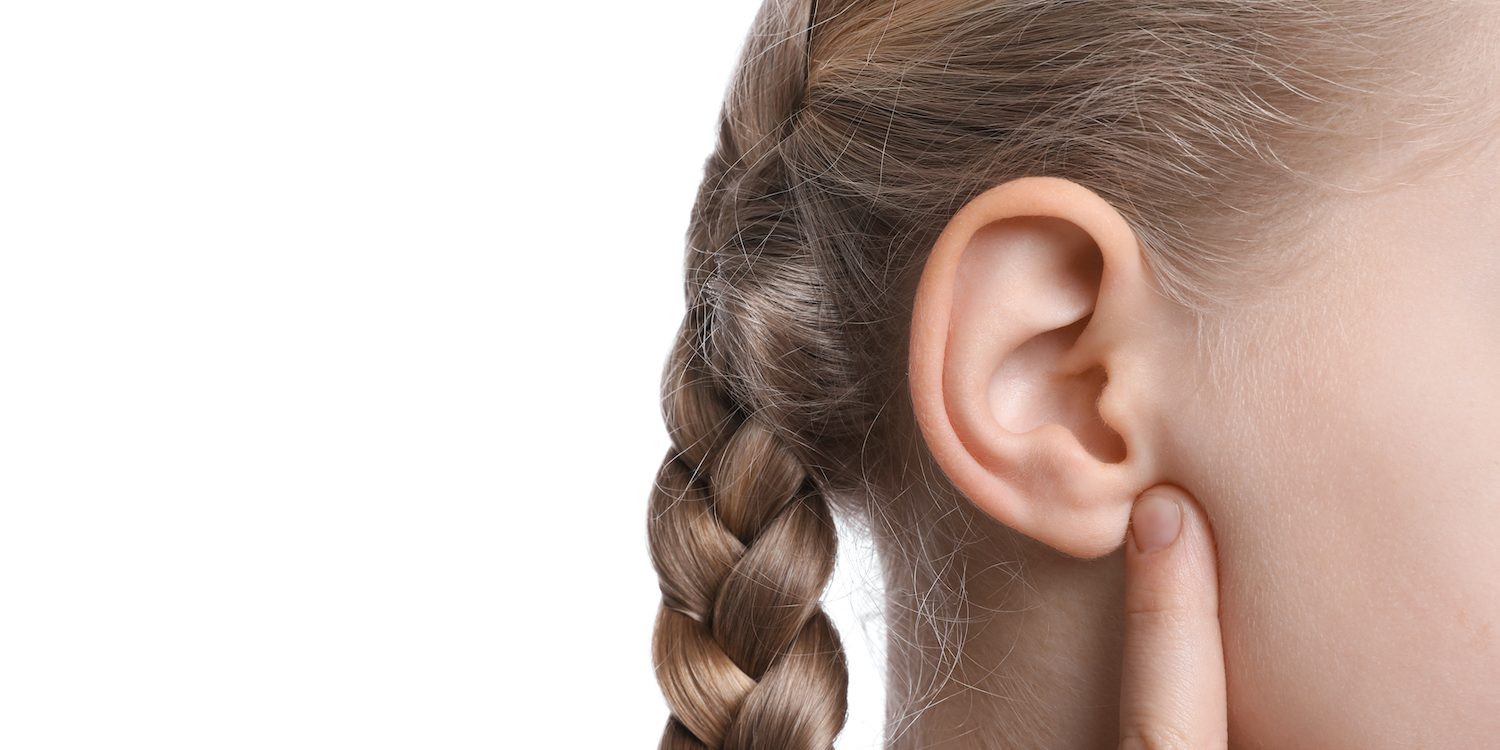Otitis is a particularly common condition that children often experience, which manifests as inflammation or infection in the ear. Most cases of otitis media go away quickly and are usually not serious. The two types of ear infections commonly seen in children are infections of the middle ear (otitis media) and infections of the outer ear (otitis externa). Most ear infections involve the middle ear.
Types and causes of otitis
Otitis in children can be caused by a number of factors, with infections being the predominant cause. Acute otitis media is usually attributed to bacteria or viruses. These microorganisms often enter the middle ear through the eustachian tube, leading to inflammation and fluid accumulation. In addition, upper respiratory infections, allergies, anatomical abnormalities, and exposure to environmental pollutants (eg, cigarette smoke) have been implicated as contributing factors to the development of otitis media in children. Eustachian tubes in young children, as they are not yet fully developed, predispose them to infections, increasing the risk of otitis.
Secretory otitis, i.e. the accumulation of fluid in the middle ear, is caused by long-term dysfunction of the Eustachian tube, which leads to insufficient ventilation of the middle ear. The main factors responsible for this dysfunction are hypertrophy of the adenoids, repeated allergies in the upper respiratory system or infections in the nose, paranasal sinuses and nasopharynx. Specific diseases often contribute to the manifestation of secretory otitis.
Symptoms of otitis in children
Recognizing the symptoms associated with otitis media is crucial for early diagnosis and treatment. Otitis in children manifests itself with various symptoms, such as pain or discomfort in the ear, hearing loss, irritability, pulling sensation in the ear, fever, discharge of fluid, vomiting, difficulty sleeping, hearing loss and loss of appetite. It is important to note that the symptoms may vary depending on the type of otitis media (acute otitis media, secretory otitis media, or chronic suppurative otitis media). Clinical evaluation by a specialist is essential to accurately diagnose the condition and determine the appropriate treatment.
Treatment options for otitis in children
Treatment of otitis in children includes both conservative measures and more invasive approaches tailored to the specific type and severity of the condition. Treatment strategies often aim to relieve symptoms, eliminate infection, and prevent any complications.
In cases of mild otitis media or when symptoms are tolerable, close monitoring may be recommended, as many ear infections resolve spontaneously within a few days without the need for antibiotics. Pain relievers may be given to relieve discomfort and fever. However, when bacterial infection is confirmed or symptoms persist or worsen, antibiotics prescription is indicated.
In cases of recurrent or chronic otitis media as well as secretory otitis, a more invasive approach is required. More specifically, tympanotomy and placement of ventilation cannulas may be recommended to facilitate middle ear ventilation and fluid drainage, reducing the frequency of infections and preserving hearing ability.
Otitis in children generally needs immediate and targeted treatment as it can affect their quality of life and possibly lead to complications if left untreated. ENT Surgeon in Athens Dr. Olga Papadopoulou applies the appropriate therapeutic approach depending on the type of otitis, in order to reduce the symptoms and improve the quality of life of pediatric patients.


